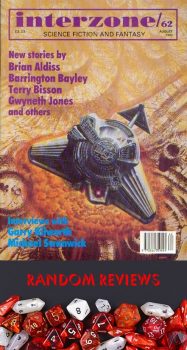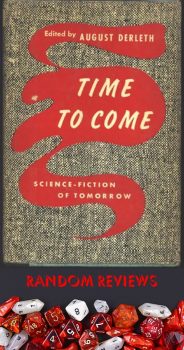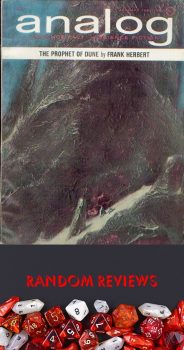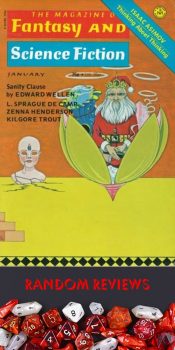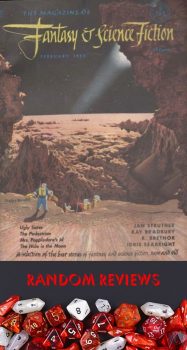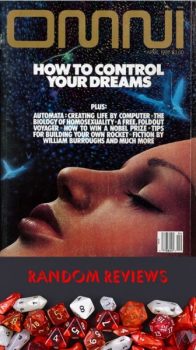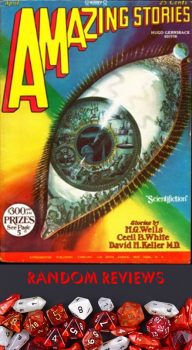Random Reviews: “Rocketship Red” by Michael R. Colangelo
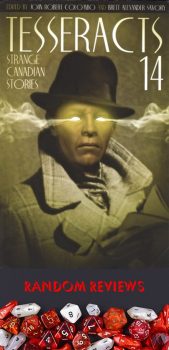
Michael R. Colangelo’s “Rocketship Red” was published in the fourteenth installment of the long-running Canadian anthology series Tesseracts, a volume edited by John Robert Colombo and Brett Alexander Savory in 2010. In addition to writing short fiction, Colangelo has served as a reviewer for FearZone and the fiction editor for The Harrow, an on-line zine that ran from 1998 until 2009.
“Rocketship Red” feels a bit like a throwback piece, the sort of story aimed at juveniles in the 1950s, which gives it an almost instantaneous feeling of nostalgia. It opens with Eagan running through the Canadian wheatfields near his father’s soy farm, flying a bright red kite and pretending the kite is a rocket and he’s its intrepid pilot. Although Eagan hated working the soy farm, he knew it would be his life, however a visit from two American air force captains who were coming to buy soy, would change the trajectory of his life.
Eagan’s interest in rockets and space, however, causes him to forge a bond with Captain Sampson, who tells Eagan to reach out to him when he turns seventeen and is able to attend “rocket flying school,” a phrase that reinforces the nostalgic element of the story. The rest of the story briefly outlines Eagan’s conflict with his father over leaving the soy farm, his attendance at the Flight Academy, and his career as a pilot, all covered in less than three pages.
If that seems like a lot to fit into a few short pages, it is. In many ways Colangelo’s story feels more like an outline for a longer story, or even a novel, that could follow Eagan’s journey from soy farmer’s son to cadet at the academy to his career flying rockets for the air force with explorations of Sampson’s mentorship of him. Furthermore, Colangelo introduces various throw-away concepts in the story, such as antimatter farming projects, dark zones in space, and the rift. None of these are given any detail, but they do serve to provide broad strokes for Eagan’s career.
